Nightmareai
Models by this creator
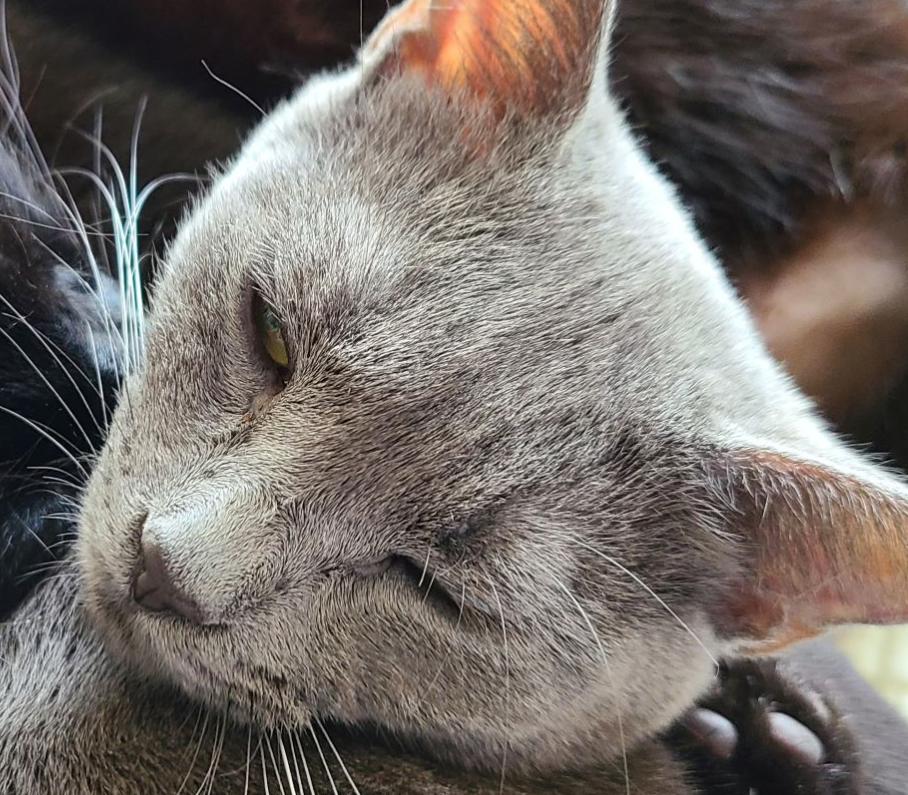
real-esrgan

43.0K
real-esrgan is a practical image restoration model developed by researchers at the Tencent ARC Lab and Shenzhen Institutes of Advanced Technology. It aims to tackle real-world blind super-resolution, going beyond simply enhancing image quality. Compared to similar models like absolutereality-v1.8.1, instant-id, clarity-upscaler, and reliberate-v3, real-esrgan is specifically focused on restoring real-world images and videos, including those with face regions. Model inputs and outputs real-esrgan takes an input image and outputs an upscaled and enhanced version of that image. The model can handle a variety of input types, including regular images, images with alpha channels, and even grayscale images. The output is a high-quality, visually appealing image that retains important details and features. Inputs Image**: The input image to be upscaled and enhanced. Scale**: The desired scale factor for upscaling the input image, typically between 2x and 4x. Face Enhance**: An optional flag to enable face enhancement using the GFPGAN model. Outputs Output Image**: The restored and upscaled version of the input image. Capabilities real-esrgan is capable of performing high-quality image upscaling and restoration, even on challenging real-world images. It can handle a variety of input types and produces visually appealing results that maintain important details and features. The model can also be used to enhance facial regions in images, thanks to its integration with the GFPGAN model. What can I use it for? real-esrgan can be useful for a variety of applications, such as: Photo Restoration**: Upscale and enhance low-quality or blurry photos to create high-resolution, visually appealing images. Video Enhancement**: Apply real-esrgan to individual frames of a video to improve the overall visual quality and clarity. Anime and Manga Upscaling**: The RealESRGAN_x4plus_anime_6B model is specifically optimized for anime and manga images, producing excellent results. Things to try Some interesting things to try with real-esrgan include: Experiment with different scale factors to find the optimal balance between quality and performance. Combine real-esrgan with other image processing techniques, such as denoising or color correction, to achieve even better results. Explore the model's capabilities on a wide range of input images, from natural photographs to detailed illustrations and paintings. Try the RealESRGAN_x4plus_anime_6B model for enhancing anime and manga-style images, and compare the results to other upscaling solutions.
Updated 5/3/2024
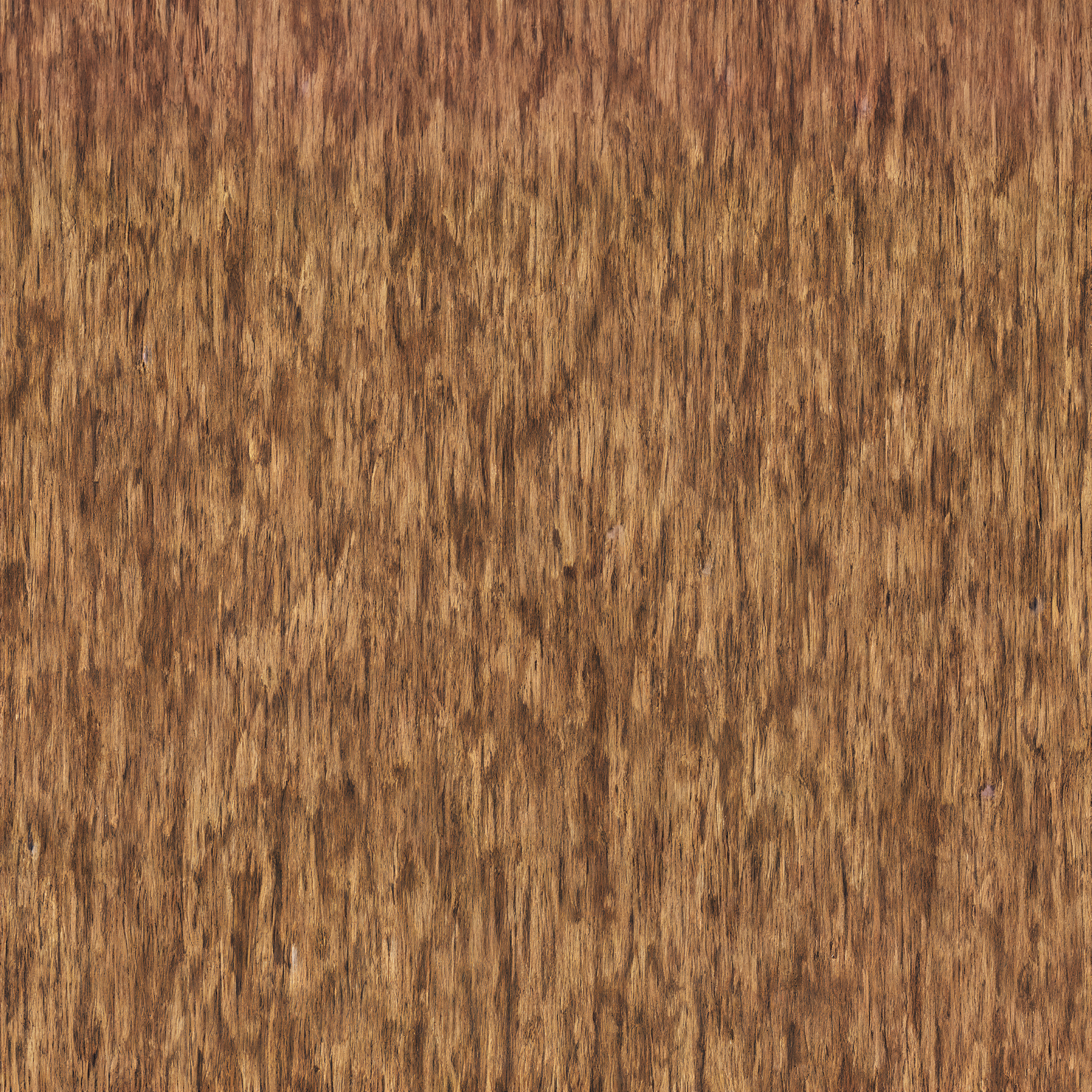
latent-sr

112
The latent-sr model, created by nightmareai, is an AI model designed for upscaling images using latent diffusion. It builds upon similar models like real-esrgan, latent-viz, k-diffusion, stable-diffusion, and majesty-diffusion from the same creator. The model uses a latent diffusion approach to generate high-resolution images from low-resolution inputs. Model inputs and outputs The latent-sr model takes an image as input and produces an upscaled version of that image as output. The upscale factor can be specified, allowing you to control the resolution of the output. Inputs Image**: The input image to be upscaled. up_f**: The upscale factor, determining the resolution of the output image. Steps**: The number of sampling steps to use during the upscaling process. Outputs Output**: The upscaled version of the input image. Capabilities The latent-sr model is capable of generating high-quality, high-resolution images from low-resolution inputs using a latent diffusion approach. This can be useful for tasks like enhancing the resolution of images, generating realistic images from sketches or other low-quality sources, and more. What can I use it for? The latent-sr model can be used for a variety of image-related tasks, such as: Upscaling low-resolution images to higher resolutions Generating realistic images from sketches or other low-quality input Enhancing the quality of existing images Incorporating high-resolution images into creative projects or presentations Things to try With the latent-sr model, you can experiment with different upscale factors and sampling steps to achieve the desired output quality and resolution. Additionally, you can try combining the latent-sr model with other AI models, such as those for image editing or text-to-image generation, to create even more powerful and versatile image processing pipelines.
Updated 5/3/2024
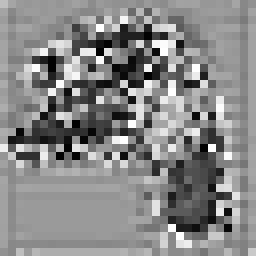
latent-viz

72
latent-viz is a tool created by nightmareai that allows you to visualize the encoded latents of an image. This can be useful for understanding how a latent diffusion model like stable-diffusion or majesty-diffusion represents visual information. Similar models like real-esrgan and gfpgan also work with latent representations, but focus more on image enhancement and restoration rather than visualization. Model inputs and outputs latent-viz takes an image as input and outputs a visualization of the encoded latent representation. This can help you understand how the model sees and encodes the visual information in the image. Inputs Image**: The image you want to visualize the latents for. Outputs Latent visualization**: A visualization of the encoded latent representation of the input image. Capabilities latent-viz allows you to inspect the internal latent representations of an image-based model. This can provide insight into how the model perceives and encodes visual information, which can be valuable for understanding and debugging these types of models. What can I use it for? You can use latent-viz to better understand how latent diffusion models like stable-diffusion and majesty-diffusion work. By visualizing the latent representations, you can gain insights into the model's internal representations and how it processes visual information. This can be helpful for tasks like fine-tuning or optimizing these models for specific applications. Things to try Try using latent-viz to visualize the latents of different images and compare the representations. You can experiment with inputs of varying complexity, such as natural images, abstract art, or even model-generated images, to see how the latent representations differ. This can help you better understand the model's strengths, weaknesses, and biases.
Updated 5/3/2024
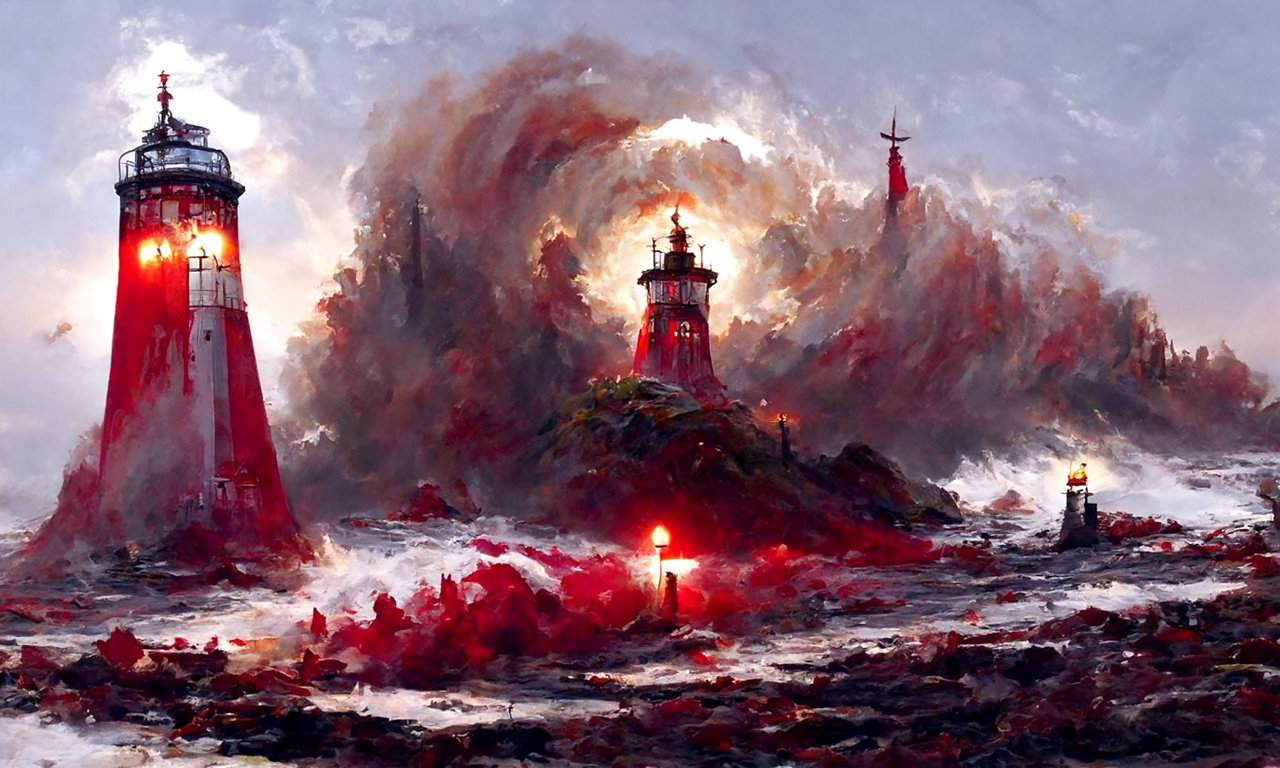
disco-diffusion

63
disco-diffusion is a powerful AI model developed by Jina AI's creator nightmareai that can generate compelling images using a variety of techniques. It is similar to other CLIP-guided diffusion models like majesty-diffusion, disco-diffusion-style, and k-diffusion, which leverage CLIP to guide the generation process. It differs from more general text-to-image models like stable-diffusion in its specialized techniques and focus on producing "Disco Diffusion" style artworks. Model inputs and outputs disco-diffusion takes a variety of parameters as input, including the text prompt, image dimensions, diffusion model, and more. This allows users to fine-tune the generation process and create unique artworks. The model outputs one or more generated images, which can be retrieved and displayed. Inputs text_prompts**: The text prompt(s) that describe the desired artwork init_image**: An optional initial image to use as a starting point for generation width* and *height**: The size of the output image diffusion_model**: The specific diffusion model to use, from a variety of options diffusion_sampling_mode**: The sampling mode for the diffusion process seed**: An optional seed value to make the generation deterministic Outputs One or more generated images, returned as URIs that can be downloaded or displayed Capabilities disco-diffusion is capable of generating a wide variety of artistic images based on the provided text prompts. It can create surreal, abstract, and photorealistic artworks in various styles and genres. The model's specialized techniques allow it to produce unique "Disco Diffusion" style imagery that blends elements in visually striking ways. What can I use it for? disco-diffusion is well-suited for creative and artistic applications, such as generating cover art, illustrations, or concept art. Its ability to produce visually compelling images from text prompts makes it a valuable tool for artists, designers, and anyone looking to explore the boundaries of AI-generated art. The model's flexibility also allows for potential use in areas like game development, product visualization, and more. Things to try Experiment with different text prompts to see the variety of artworks disco-diffusion can produce. Try combining multiple prompts, using specific styles or artists as inspiration, or providing an initial image to guide the generation. The model's parameters offer many opportunities to fine-tune the output and explore the creative potential of CLIP-guided diffusion.
Updated 5/3/2024

cogvideo

32
cogvideo is a text-to-video generation model developed by the team at NightmareAI. It is capable of generating short video clips from text prompts, similar to models like damo-text-to-video and stable-diffusion. The model uses a multi-stage approach, first generating an initial video from the text prompt and then refining it through a second stage. Model inputs and outputs The cogvideo model takes in a text prompt, an optional seed value, and some additional settings to control the generation process. The outputs are a series of video frames that can be combined into a short video clip. Inputs Prompt**: The text prompt that describes the desired video content Seed**: An optional integer value to control the random generation process (-1 to use a random seed) Translate**: A boolean setting to automatically translate the prompt from English to Simplified Chinese Both Stages**: A boolean setting to run both stages of the generation process (for faster results, you can uncheck this to only run the initial stage) Image Prompt**: An optional starting image to guide the video generation Use Guidance**: A boolean setting to enable stage 1 guidance (recommended for better results) Outputs A series of video frames that can be combined into a short video clip Capabilities The cogvideo model can generate a variety of video content from text prompts, ranging from simple animations to more complex scenes with moving objects and characters. The model is particularly adept at generating videos with a surreal or dreamlike quality, drawing inspiration from the prompts in creative and unexpected ways. What can I use it for? The cogvideo model could be used for a wide range of applications, such as creating short video clips for social media, generating concept art for films or games, or even prototyping new ideas and visualizing them in a dynamic format. The ability to translate prompts to different languages also opens up possibilities for creating content for global audiences. Things to try To get the most out of the cogvideo model, experiment with different types of prompts, from the specific and descriptive to the more abstract and imaginative. Try playing with the various input settings, such as the seed value and the use of image prompts, to see how they affect the generated output. You can also explore the model's capabilities by combining it with other tools, such as video editing software, to create more polished and refined video content.
Updated 5/3/2024
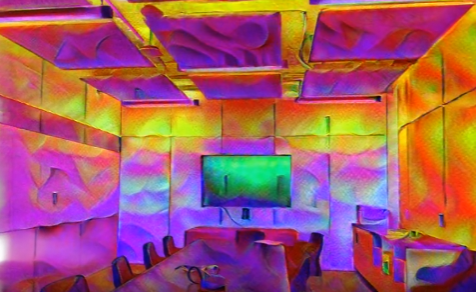
arf-svox2

15
arf-svox2 is an AI model developed by nightmareai that can transfer the style of an image to a 3D scene created using Nerf (Neural Radiance Fields). This model builds upon the Plenoxel (SVOX2) architecture and allows users to apply artistic styles to 3D content, expanding the creative possibilities of generative AI. The arf-svox2 model is related to other models created by nightmareai, such as real-esrgan, majesty-diffusion, and the widely-used stable-diffusion model. These models explore different aspects of generative AI, from super-resolution and image-to-image translation to text-to-image synthesis. Model inputs and outputs The arf-svox2 model takes three main inputs: Inputs Image**: A style image that will be used to transfer the artistic style to the 3D scene. Scene**: A pre-trained Nerf scene that will be the target for the style transfer. Num Epoches**: The number of training epochs to run for the style transfer process, with a default of 2 and a maximum of 10. Outputs Optimized Artistic Radiance Field**: The resulting 3D scene with the applied artistic style. Capabilities The arf-svox2 model can take a 3D scene created using Nerf and apply the style of a 2D image to it, effectively "painting" the 3D content in the chosen artistic style. This allows for the creation of unique and visually striking 3D artworks, blending the realism of the 3D scene with the expressive qualities of the style image. What can I use it for? The arf-svox2 model opens up new possibilities for creative expression in 3D media. Artists and designers can use this model to create unique and eye-catching 3D visualizations, animations, or even virtual environments that have a distinct artistic flair. Additionally, the model could be used in various industries, such as architecture, gaming, or film, to enhance the visual appeal of 3D content. Things to try One interesting aspect of the arf-svox2 model is its ability to work with different types of Nerf scenes, such as LLFF (Light Field from Local Features), TNT (Tensors of Neural Textures), and custom scenes. By experimenting with different scene types and style images, users can create a wide range of artistic 3D outputs that showcase the versatility of this model.
Updated 5/3/2024
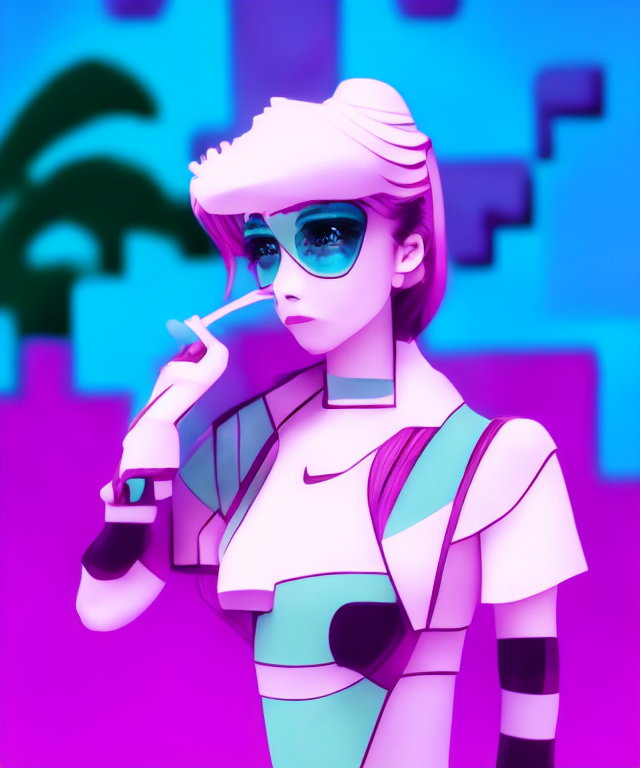
majesty-diffusion

8
majesty-diffusion is a text-to-image diffusion model created by nightmareai that can generate images from text prompts. It is an implementation of CLIP guided latent diffusion, similar to models like stable-diffusion and animagine-xl. However, majesty-diffusion has a unique focus on creating "royal" or "majestic" styled images. Model inputs and outputs The majesty-diffusion model takes in a variety of inputs to control the generated image, including a text prompt, an optional initial image, and various settings to fine-tune the output. The model then generates a single image as output. Inputs Clip Prompts**: The text prompt used to guide the CLIP model during generation, allowing you to specify the desired style and content. Latent Prompt**: The text prompt used to guide the latent diffusion model, providing high-level direction for the composition and subject matter. Latent Negative**: A negative prompt to steer the model away from generating certain undesirable elements. Init Image**: An optional initial image that can be used as a starting point for the generation process. Init Mask**: An optional mask for the initial image, indicating areas to inpaint. Width/Height**: The desired dimensions of the output image. Clip Scale**: The strength of the CLIP guidance during generation. Latent Scale**: The strength of the latent diffusion guidance during generation. Aesthetic Loss Scale**: The weight given to an aesthetic loss function during generation. Starting Timestep**: The starting point for the diffusion process. Init Brightness**: The brightness of the initial image. Output Steps**: The number of intermediate images to generate during the diffusion process. Custom Settings**: Additional configuration options for advanced or API usage. Outputs Image**: A single generated image reflecting the provided inputs. Capabilities majesty-diffusion can create a wide variety of "majestic" or "royal" styled images, ranging from portraits of fantastical princesses to elaborately decorated palace interiors. The model seems particularly adept at generating detailed, ornate imagery with a sense of grandeur and elegance. The ability to fine-tune the CLIP and latent diffusion guidance allows for a high degree of control over the generated output. What can I use it for? majesty-diffusion could be used for a variety of creative and commercial applications, such as: Generating concept art or illustrations for fantasy or historical-themed games, books, or films. Creating unique, visually striking social media content or digital art. Producing custom, on-demand images for ecommerce product listings or marketing materials. Experimenting with different styles and prompts to explore the model's capabilities. Things to try Some interesting things to explore with majesty-diffusion include: Experimenting with different CLIP and latent prompts to see how they affect the generated imagery. Trying out the inpainting functionality by providing an initial image and a mask. Leveraging the aesthetic loss scale to produce more coherent or visually appealing outputs. Comparing the results of majesty-diffusion to similar text-to-image models to see the unique qualities of the "royal" style.
Updated 5/3/2024
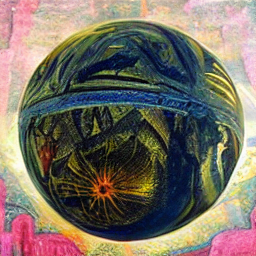
k-diffusion

7
k-diffusion is an implementation of the diffusion model architecture described in the paper "Elucidating the Design Space of Diffusion-Based Generative Models" by Karras et al. It includes support for the patching method from the paper "Improving Diffusion Model Efficiency Through Patching". The model was created by nightmareai, who has also developed similar models like majesty-diffusion and real-esrgan. Model inputs and outputs The k-diffusion model takes a variety of inputs to control the image generation process, including a text prompt, an optional initial image, and various sampling parameters. The outputs are generated images. Inputs Text Prompt**: The text prompt to guide the image generation. Init Image**: An optional initial image to start the generation process. Init Scale**: Enhances the effect of the initial image. Sigma Start**: The starting noise level when using an initial image. Cutn**: The number of random crops per step. Churn**: The amount of noise to add during sampling. Cut Pow**: The cut power. N Steps**: The number of timesteps to use. Latent Scale**: The latent guidance scale, higher for stronger latent guidance. Clip Guidance Scale**: The CLIP guidance scale, higher for stronger CLIP guidance (0 to disable). Sampling Mode**: The sampling mode to use, such as DPM-2. Outputs Generated images Capabilities k-diffusion is capable of generating high-quality images from text prompts, with the ability to use an initial image as a starting point. It supports CLIP-guided sampling, which can help the generated images align more closely with the provided text prompt. The model also includes advanced sampling techniques like the DPM-2 sampler, which can produce higher quality samples with fewer function evaluations compared to the standard Karras algorithm. What can I use it for? You can use k-diffusion to generate unique, creative images from text prompts. This can be useful for a variety of applications, such as art creation, product visualization, and even content generation for marketing or entertainment purposes. The ability to use an initial image as a starting point can also be helpful for tasks like image editing or manipulation. Things to try Some things you could try with k-diffusion include experimenting with different text prompts to see the variety of images it can generate, adjusting the sampling parameters to find the settings that work best for your needs, and using an initial image to guide the generation process in interesting ways. You could also try combining k-diffusion with other models, like stable-diffusion, to create even more compelling and versatile image generation capabilities.
Updated 5/3/2024